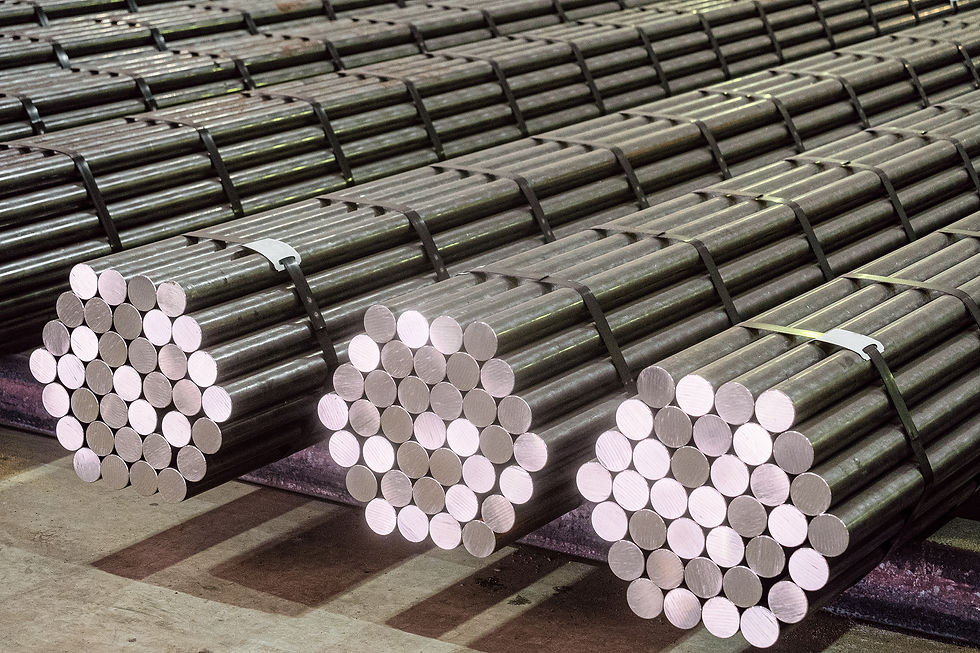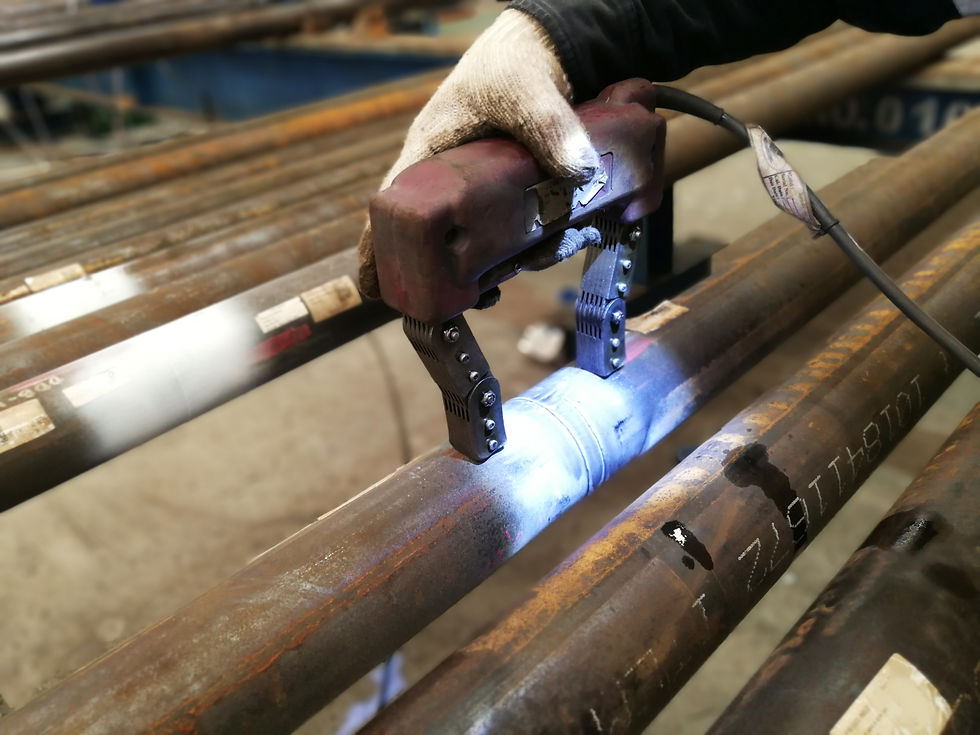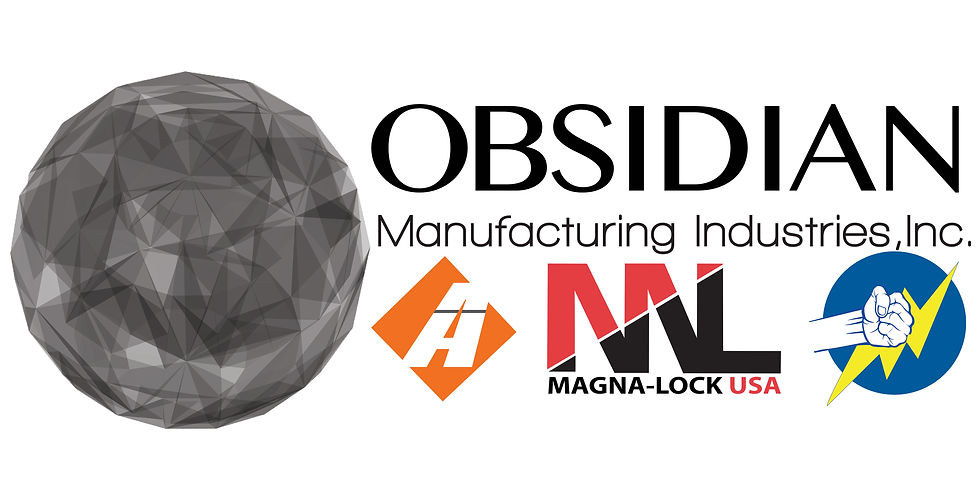Important Facts for the Safe Operation of Lift Magnets
- from the MagnaLift & Power-Grip archives
- Feb 8, 2023
- 3 min read
Updated: May 8, 2024
Load characteristics other than just weight must be considered to determine the safe weight that any magnet can lift.
This statement is true for any lifting magnet because they all operate using the same fundamental laws of physics. Magnetic power is often pictured as lines of magnetic force flowing from north pole to south pole. Anything that limits the flow of these magnetic lines of force obviously reduces the magnets lifting ability. There are four important factors which limit the flow of these lines of force.

LOAD SURFACE CONDITIONS

Magnetic lines of force do not flow easily through air; they need iron in order to flow freely. Therefore, anything that creates an air gap between a magnet and the load limits the flow of magnetic force and thus reduces the lifting capacity of a magnet.
Paper, dirt, rust, paint and scale act the same as air. Also, a rough surface finish is the same as dirt because it creates an air gap between the magnet and the load.
LOAD LENGTH OR WIDTH

When the length or width of a load increases it ceases to lie flat and the load begins to droop at the edges. This drooping or sagging of the load can create an air gap between the load and the magnet. If this occurs, then the lifting capacity of the magnet is reduced.
LOAD THICKNESS

Magnetic lines of force are more effective when they flow through iron instead of air. The thicker the load is the more lines of magnetic force are able to flow. After a certain thickness of load, no more lines of force will flow because the magnet has reached its full capacity.
Thin material (load) means less iron available and thus fewer lines of magnetic force flow from the magnet into the load. Therefore, the lifting ability of the magnet is reduced.
Every magnet should be rated to tell the user what minimum thickness of load is required to reach full lifting capacity. Below such thickness of load the user knows he must derate the lifting capacity of the magnet.
LOAD ALLOY

Low carbon steels, such 1020 steel, are nearly as good conductors of magnetic lines of force as pure iron. However, many other alloys contain non-magnetic materials which reduce the ability of magnetic lines of force to flow into the load. An alloy such as 300 series of stainless steel is almost as poor a conductor of magnetic force as air.
Type 416 stainless steel is considered magnetic, but it contains enough chromium so that it can only conduct one half as much magnetic force as 1020 steel. The carbon content of cast iron reduces the flow to one half of the magnetic force of 1020 steel.

With every lifting application, careful consideration should be given to each of these factors as well as specifications that may be unique to material, climate elements of the environment and safe operation of lift magnets to ensure operator safety as well as efficient lifting practices.
Obsidian Manufacturing Industries, Inc. is a Rockford, Ill. manufacturing company and is the OEM for Magna-Lock USA workholding, MagnaLift & Power-Grip lift magnets, and Arter Precision Grinding Machines as well providing surface grinding services. They are located at 5015 28th Ave. in Rockford, Ill. with a phone number of 815-962-8700. Check out more at obsidianmfg.com/brands.

.png)
Comments